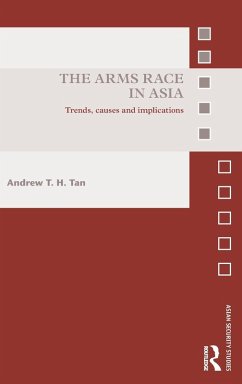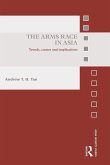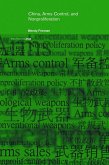This book is the first systematic examination of the emerging arms race in Asia. The global trade in arms is to a large degree underpinned by the strong demand for arms in Asia and the Middle East, the two largest arms export markets in the world. Of these two regions Asia has become particularly significant, led by the emergence of China and India as major powers. It is therefore not surprising that the rapid military modernisation in Asia, accompanied by significant increases in the size and sophistication of armed forces, has generated attention as to its trends, key characteristics, causes and implications. This phenomenon, which has become evident since the end of the Cold War, has also been widely described as an Asian 'arms race'. This book evaluates the key conceptual ideas which can shed light on this phenomenon, as well as examining the complex mix of internal, external and technological factors that have led to its emergence. The volume explores the way in which the arms race is leading ultimately to three distinctive blocs in the emerging geostrategic landscape: a loose bloc of US allies in the region; a counter-bloc of potential US adversaries; and a neutral bloc of states with industrial age armed forces whose allegiances will vary according to circumstances and geostrategic developments. The Arms Race in Asia concludes that if the emerging arms race is left unchecked, it is likely that Asia will increasingly become a region of instability, marked by conflicts and interstate wars. The book will be of great interest to students of Asian politics, strategic studies, defence studies, security studies and IR in general.
Hinweis: Dieser Artikel kann nur an eine deutsche Lieferadresse ausgeliefert werden.
Hinweis: Dieser Artikel kann nur an eine deutsche Lieferadresse ausgeliefert werden.









